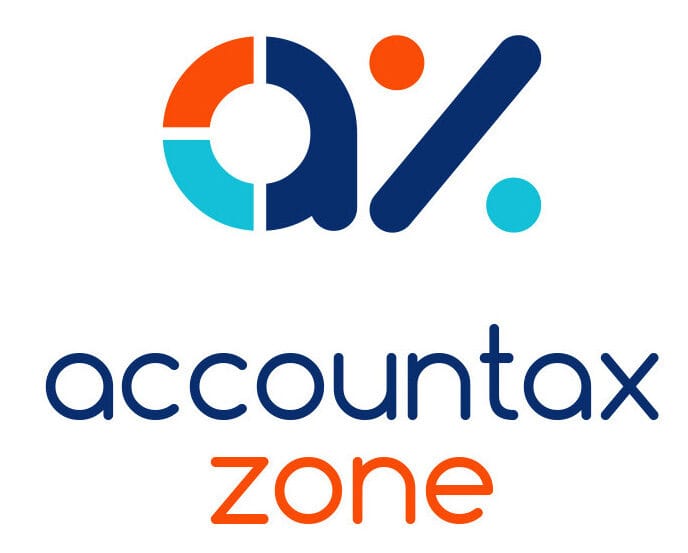If a VAT-registered business has taxable income only (including zero-rated sales), it is entitled to full input tax recovery on its expenses, subject to the usual rules. Businesses with exempt income only cannot claim input tax and will not be registered for VAT, in most cases. The partial exemption ‘trap’ problem comes when a business makes both taxable and exempt supplies, and incurs VAT on costs relating to both – then some kind of input tax apportionment is needed.
A typical example of a partial exemption business is an estate agent which earns exempt income from mortgage commission and taxable income on commission received when it acts as an agent to sell a property. Input VAT on the purchase of a computer for the sole use by the mortgage broker cannot be reclaimed as the income is exempt. Purchasing a computer solely for use by a sales negotiator will be fully claimable. A computer for the office manager will be treated as an overhead/mixed cost, therefore only part of the VAT can be reclaimed. The problem comes with calculating how much of that overhead input VAT is reclaimable.
Calculation – standard method
The starting point is the concept of ‘direct attribution’ and the need for a business to allocate input tax on its expenses to one of three different categories: expenditure relating to standard rate VAT, expenditure relating to exempt sales and the rest (termed ‘residual’). Under HMRC’s standard calculation method, this residual input tax is split in proportion to total supplies and expressed as a percentage as follows:
Recoverable percentage of residual input tax =
( Value of taxable supplies in the period (excluding VAT) / Total value of supplies in the period (excluding VAT) ) × 100
The claimable proportion is an estimated figure calculated each quarter, superseded by an annual adjustment at the end of each tax year when the same formula is used but using annual rather than quarterly figures. To make the calculation easier, the previous year’s recovery percentage can be used (termed the ‘in-year provisional recovery rate’) to estimate the claimable residual input tax in each period and finalised by an annual adjustment. The final percentage is then used as the provisional recovery percentage for the next year and so on, saving the need to calculate separate recovery percentages for each period.
In making this partial exemption calculation, reverse charges and the purchase of capital goods are included.
Calculation – ‘special’ methods
There are instances where the standard method may not accurately reflect the actual situation, and a different calculation method could potentially allow for more reclaimable VAT. This is particularly relevant for new businesses that are more likely to incur increased start-up costs. A special method can be used if it produces a result that is more ‘fair and reasonable’ than the standard method.
Examples of special methods can include comparing:
- output values;
- numbers of transactions;
- staff time or numbers (e.g. how many staff work on VATable supplies compared with non-VATable supplies);
- inputs or input tax;
- square footage allocations;
- costs allocations.
Practical point
If the method is subsequently found to be inaccurate, HMRC has the power to issue an assessment to recalculate input tax on a ‘use’ basis. This method does not rely on whether the supply is exempt or not; instead, it is calculated on the basis of use or intended use of input tax bearing costs in the making of taxable supplies.
Special method application
A business wishing to use a different method must submit a declaration explaining why the current method is unsuitable, together with a worked example. Start-up businesses can use an alternative method without HMRC’s formal permission.
You might also like to read: Tax implications of different methods of business finance
Practical tip
Care is needed when allocating taxable and exempt invoices. Even the smallest link between an expense and taxable activities is enough to treat the input tax as residual.
Partner note:
Partial Exemption VAT Notice 706
BLP Group Plc v C & E Commissioners ECJ 6 Apr 1995 (This case established the principle that where there is a direct and immediate link of an expense, which cannot be ignored and looked beyond.)










